Mastering the Art of Dinking in Pickleball: Essential Tips, Common Mistakes, and Effective Drills
Introduction
Dinking is a crucial skill in pickleball, a game known for its strategic finesse and quick reflexes. It involves hitting the ball softly and precisely, just over the net, to create a controlled and strategic shot. Mastering the dink can give players a competitive edge and open up opportunities to gain points during matches. In this article, we will explore essential tips, common mistakes to avoid, and effective drills to improve your dinking technique.
1. The Art of Dinking: Why it Matters
Dinking is a vital aspect of pickleball gameplay, particularly in the non-volley zone (also known as the “kitchen”). Mastering the dink allows players to engage in short, low shots that stay close to the net, making it challenging for opponents to return aggressively. The finesse of the dink1[“Pickleball finesse of the dink” refers to the precise and delicate shot technique used in pickleball where players lightly tap the ball over the net to strategically place it in their opponent’s court.] helps players gain control of the game and set up winning shots2[To set up winning shots in pickleball, strategically place shots to force opponents out of position and create openings for decisive shots.], putting pressure on their opponents and enhancing their chances of winning points.
Read Also: Calorie-Burning Fun: Unveiling the Fitness Impact of Doubles Pickleball
2. Dinking Tips for Success
- Soft Touch, Firm Control: The key to a successful dink is a soft touch on the ball while maintaining control. Use your wrist and forearm to execute the shot gently, guiding the ball over the net with precision.
- Stay Low: Maintain a low, athletic stance while dinking to enhance stability and balance. This will enable you to react quickly to your opponent’s shots and move efficiently around the court.
- Aim for the Corners: Target the corners of the kitchen or the “transition area” (the region between the non-volley line and baseline) to make it challenging for your opponent to return the ball with power and accuracy.
- Vary Your Dinks: Mix up your dinks by changing the pace, angle, and placement of the shots. This will keep your opponents guessing and create opportunities for more offensive shots.
3. Common Dinking Mistakes to Avoid
- Hitting Too Hard: A common mistake is hitting the dink with too much power, which often results in the ball going out of bounds or becoming an easy shot for the opponent to attack.
- Lifting the Ball: Avoid lifting the ball too high during the dink, as it gives your opponent the opportunity to smash the ball back aggressively.
- Poor Timing: Proper timing is crucial for a successful dink. Hitting the ball too early or too late can lead to mistakes and missed opportunities.
- Neglecting Footwork: Neglecting footwork can result in an unstable shot. Ensure proper foot positioning and weight transfer to maintain balance and control during the dink.
4. Drills to Improve Dinking Technique
- Drop and Dink: Stand at the non-volley line, and have a partner feed you soft shots. Practice hitting the ball back as a controlled dink, focusing on touch and placement.
- Dink Battle: Engage in dinking battles with a partner or group of players. The objective is to keep the ball low and within the kitchen area while challenging each other’s control and precision.
- Dink and Volley: Alternate between dinking and volleying shots with a partner. This drill enhances your ability to transition between different shot types and maintain consistency.
Read Also: Navigating the Whistle: A Guide on How to Become a Certified Pickleball Referee
5. Advanced Dinking Techniques
Once you’ve mastered the fundamentals of dinking, you can explore some advanced techniques to further enhance your skills:
- Angle Dinks: Experiment with hitting dinks at different angles. Try to direct the ball diagonally towards the sidelines, creating acute angles that make it challenging for your opponent to reach and return the shot effectively.
- Fake Dinks: Incorporate fake dinks into your gameplay. Pretend to execute a soft dink but then switch to a more aggressive shot like a drop shot or a deep lob. This tactic can catch your opponent off guard and disrupt their positioning.
- Spin Dinks: Develop the ability to add spin to your dinks. Apply backspin to keep the ball low and control its bounce, making it harder for your opponent to counter with a powerful shot.
6. The Mental Aspect of Dinking
Dinking isn’t just about physical execution; it also involves a strong mental game. Stay composed and patient during dinking exchanges, waiting for the right opportunity to capitalize on your opponent’s weaknesses. Avoid getting frustrated if a dink doesn’t go as planned; instead, focus on making adjustments and learning from each shot.
Read Also: Finding Your Sweet Spot: How Pickleball Paddle Weight Affects Your Play
7. Implementing Dinking Strategies in Matches
During matches, use your dinking skills strategically to gain an advantage over your opponents:
- Create Openings: Use dinks to force your opponents out of their comfort zones and create openings in their defense. A well-placed dink can draw them closer to the net, leaving other areas of the court vulnerable.
- Set Up Attacks: Follow up a successful dink with an aggressive shot, such as a volley or an overhead smash. Catch your opponents off balance and capitalize on their weaker returns.
- Change the Pace: Mix up the pace of your dinks throughout the match. Alternate between slow, soft dinks and quicker, sharper shots to disrupt your opponent’s rhythm and timing.
Conclusion
Dinking is a skill that demands finesse, accuracy, and strategic thinking. With a solid foundation of dinking techniques, combined with advanced strategies and mental composure, you can become a formidable player on the pickleball court. Remember to practice regularly, incorporate targeted drills, and apply dinking strategies in your matches to continue improving your dinking game. By mastering this crucial aspect of pickleball, you’ll add depth to your gameplay and increase your chances of success on the court. So, get out there, practice, and watch your dinking prowess elevate your pickleball performance to new heights!
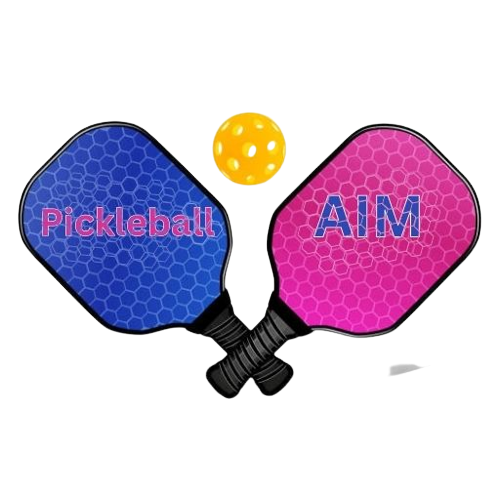
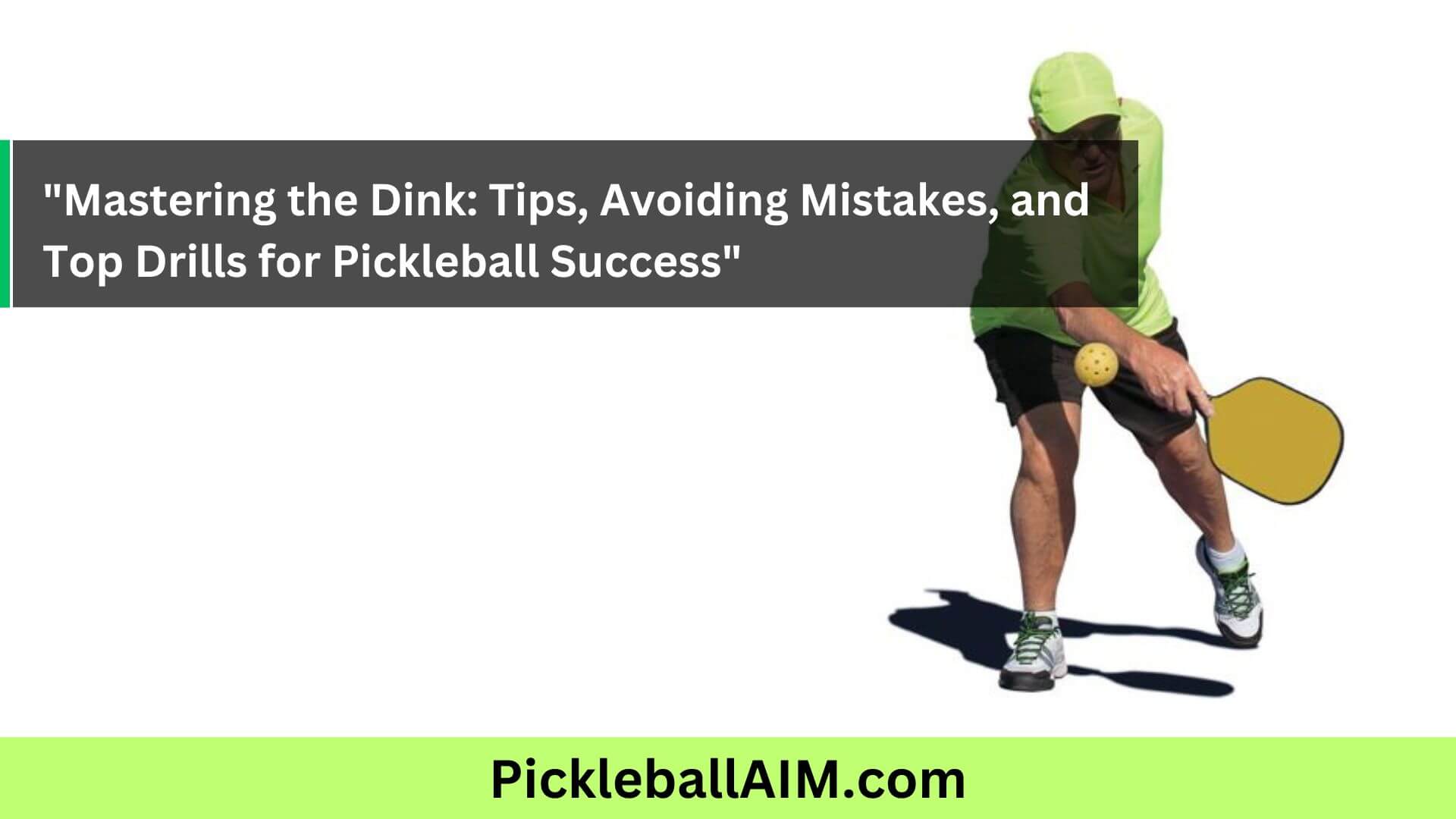
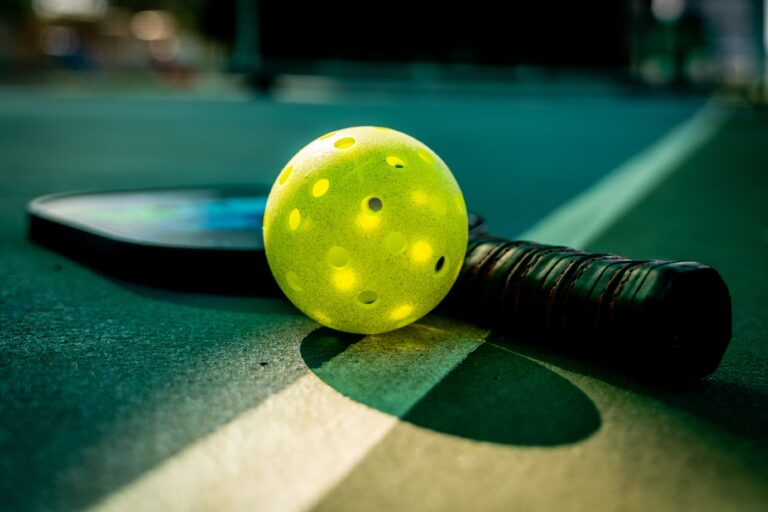


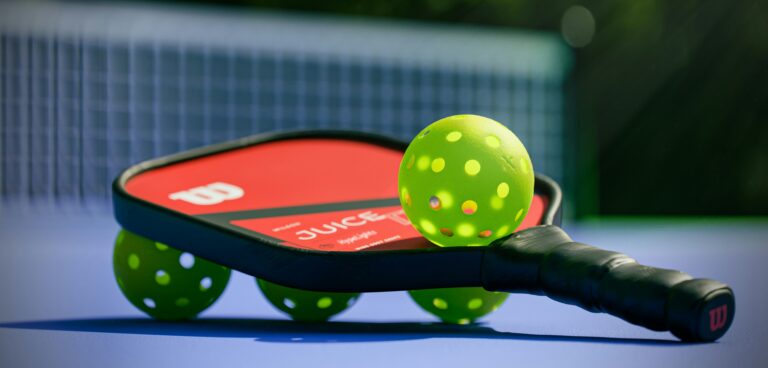
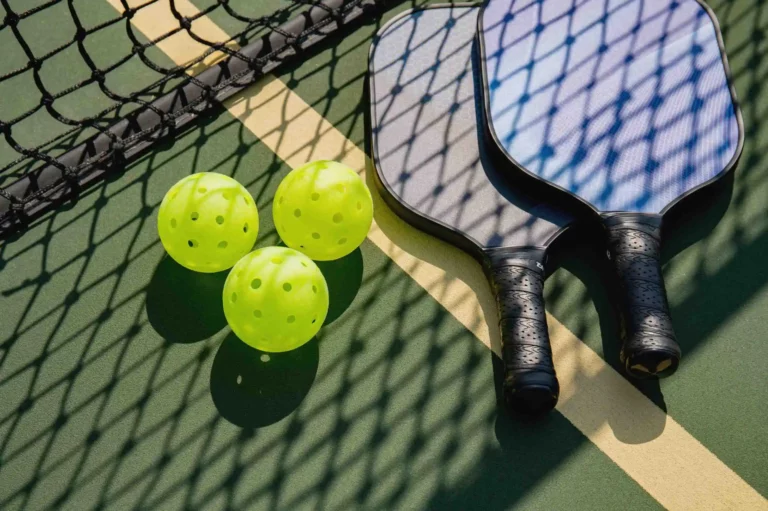
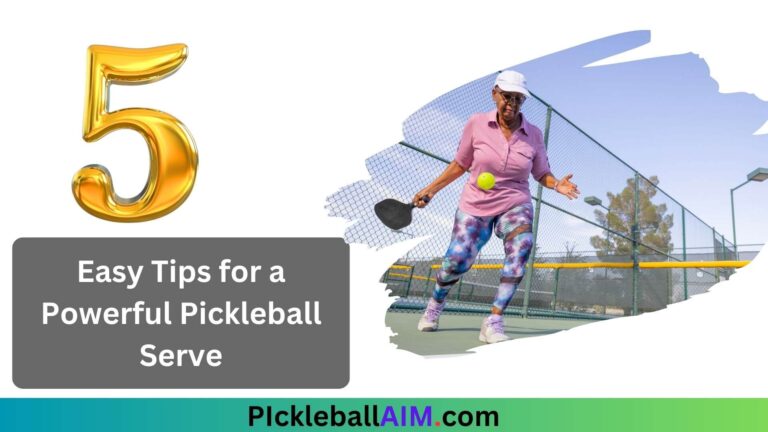
2 Comments